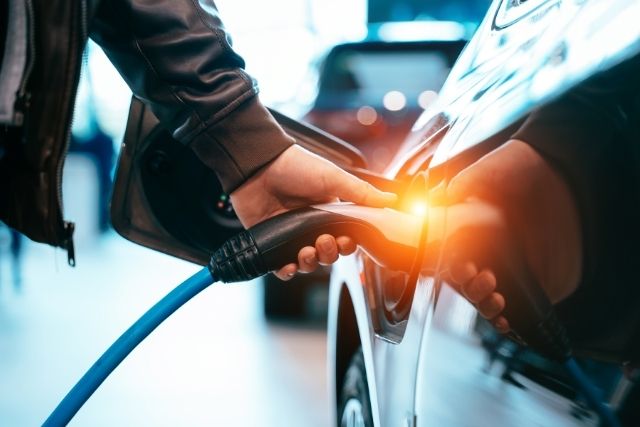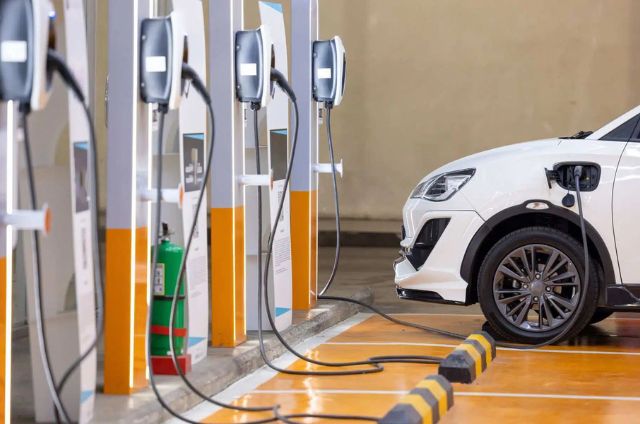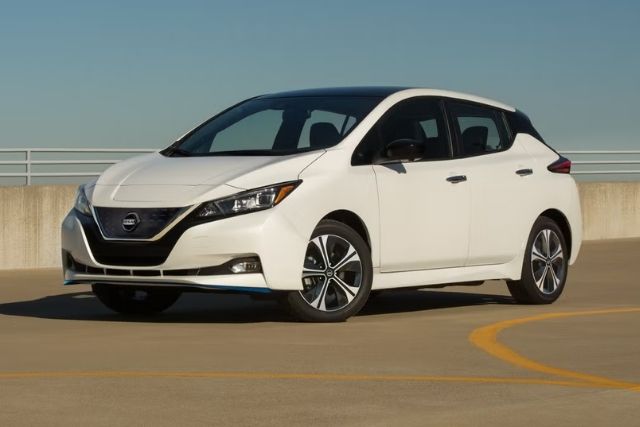As electric vehicles become more popular, many new drivers are curious about safety when charging. Although charging an EV is generally safe, rare cases of electric shock can occur, like this one reddit user mentioned. So, understanding why this happens, how to prevent it, and what to do if it does can make a big difference in keeping you safe and confident while charging. Let’s dive into the main causes, preventative measures, and steps to follow if you encounter an electric shock while charging your EV.
What causes electric shocks?
- Faulty or Damaged Equipment
Charging cables, connectors, and outlets that are worn or damaged can pose an electric shock risk. Exposed wires, broken connectors, or aged equipment allow electricity to escape, increasing the chance of a shock. Regular wear and tear or rough handling over time can create these issues. - Poor Grounding
EV chargers are grounded to safely route any stray electrical currents, but if a charging station or home outlet is improperly grounded, you could be at risk. Grounding problems are often due to incorrect installation or maintenance, especially in older buildings or stations that haven’t been serviced regularly. - Water and Moisture Exposure
Water is a natural conductor, so charging an EV in damp or wet conditions can be dangerous if charging equipment is damaged or lacks waterproofing. While most EV chargers are designed for all weather, caution is still advisable in heavy rain or standing water. - Static Electricity
Sometimes, mild shocks are caused by static electricity rather than the charger. When you connect or disconnect a charging plug, a static discharge from your body can create a quick zap, similar to touching a doorknob after walking on carpet. This isn’t harmful but can be startling. - Human Error
Touching damaged connectors or charging cables, especially when barefoot or grounded, can also lead to shocks. It’s always safest to avoid contact with any exposed or damaged parts during the charging process.
How to prevent them?
- Use Certified, Properly Installed Charging Equipment
Ensure your home charger is installed by a licensed electrician and has been certified for use with your specific vehicle. Public stations are typically well-maintained, but double-checking is always smart, especially in less frequently used locations. - Inspect Cables and Connectors Regularly
Before plugging in, take a moment to inspect the cable and connector. Look for any visible signs of wear, like frayed cables, cracks, or loose parts. Avoid using equipment that looks damaged until it’s repaired or replaced. - Be Cautious in Wet Conditions
Most EV charging systems are designed to handle rain and humidity, but if possible, avoid charging in heavy rain or standing water. Even if the charger is waterproof, limiting water exposure adds an extra layer of safety. - Wear Insulated Footwear
When charging your EV outdoors, wear rubber-soled shoes to reduce the risk of electric shock if there’s an unexpected grounding issue. This is especially helpful if you’re charging in a humid or rainy environment. - Keep Metal Objects Away
Avoid touching metal surfaces, like your car’s frame or nearby objects, while handling the charging plug. Metal can conduct electricity, so maintaining a bit of distance is wise.
What to do in case of electric shock?
- Stop Charging and Disconnect Safely
If you feel an electric shock, immediately stop the charging process and, if safe, unplug the charger. Assess any visible damage or issues with the charging equipment. - Check for Grounding or Damage Issues
After unplugging, inspect the charger, outlet, and any extension cords or adapters you might be using. If possible, have an electrician check the grounding on your home setup to ensure everything is safe. - Report and Avoid Using Public Chargers with Issues
If you experience a shock at a public charging station, report it to the operator so they can investigate and repair it. Avoid using the same station until it’s confirmed safe.
While rare, electric shocks during EV charging are something every EV owner should be aware of. These incidents are typically caused by damaged equipment, poor grounding, or water exposure—issues that are usually easy to identify and prevent. By using well-maintained, properly installed charging stations and following a few simple safety steps, you can significantly reduce any risk.
As EV technology continues to advance, so does the safety and reliability of charging equipment. However, a little extra caution never hurts. Happy charging, and stay safe!



